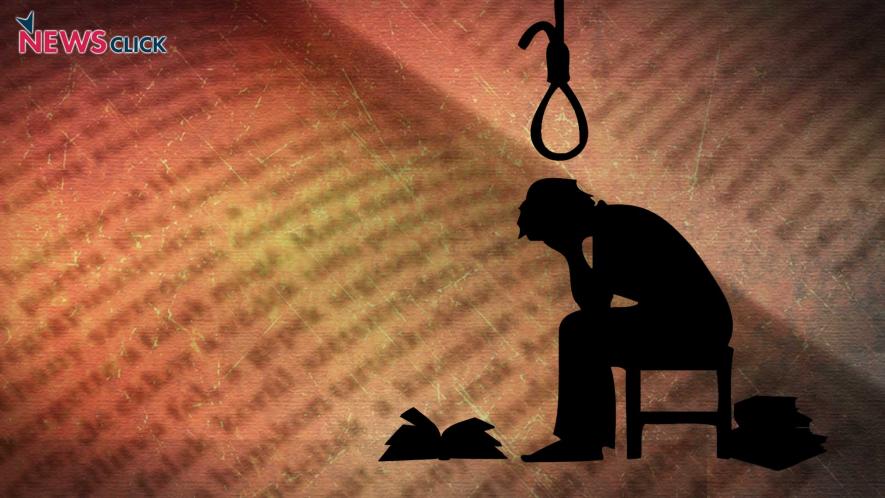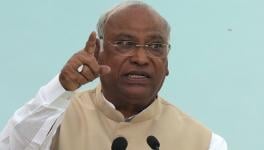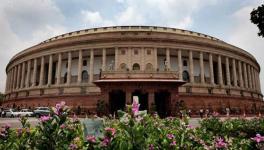26,500 Students Committed Suicide Between 2014 And 2016, Govt To Rajya Sabha

Newsclick Image by Nitesh Kumar
The same day that yet another student — at IIT Roorkee — committed suicide, the Rajya Sabha was informed on 14 March that nearly 26,500 students had committed suicide in India from 2014 to 2016.
Union Minister of State for Home Hansraj Gangaram Ahir put forward this information responding to a written question by Rajya Sabha MP from Tamil Nadu, M Kanimozhi.
The MP had asked if it was a fact that “on an average, at least one student is committing suicide every hour in the country”, if the government was aware of high suicide rates and what steps were being taken to prevent it.
In his answer, Ahir quoted data from the National Crime Records Bureau (NCRB). The data shows that suicides among students have been increasing every year. While 8,068 students had committed suicide in 2014, the number increased to 8,934 in 2015 and to 9,474 in 2016, the last year for which such data is available.
Maharashtra witnessed the highest number of suicides by students in all three years. In 2016, a total of 1,350 students ended their lives in Maharashtra. In the same year, West Bengal witnessed the second highest number of student suicides (1,147), followed by Tamil Nadu (981) and Madhya Pradesh (838).
In 2015, Maharashtra had 1,230 student suicides. Tamil Nadu followed with 955 students killing themselves, followed by Chhattisgarh with 730 student suicides and West Bengal with 676 suicides by students. In 2014, Maharashtra saw 1,191 student suicides.
Suicides among students are typically attributed to depression, academic pressure, family expectations, inability to cope with stress, social isolation and substance abuse. Institutions like the Indian Institutes of Technology (IITs) are infamous for suicides by students.
Often, the social and structural problems leading students to feel hopeless are ignored — such as economic problems and caste-based discrimination.
In January 2016, the suicide of Dalit research scholar Rohith Vemula at the University of Hyderabad had galvanised the country’s attention to the institutional discrimination faced by students based on their caste in India’s higher education system.
In September 2017, a 17-year-old Dalit student named S Anitha, who was a medical aspirant and had done well in the Class 12 board exams of Tamil Nadu, killed herself after failing to secure admission through the National Eligibility and Entrance Test (NEET). Anitha was a petitioner in the Supreme Court against the implementation of the NEET for admissions to medical courses in Tamil Nadu.
In February 2018, a 14-year-old Dalit girl student of Class 9 committed suicide in Telangana. She left a suicide note saying she had not been allowed to write her exam. Why? Because her family had been unable to pay the fees.
Ignoring these aspects, Ahir said the government had “approved implementation of the District Mental Health Programme in selected districts of the country with added components of suicide prevention services, work place stress management, life skills training and counseling in schools and colleges.”
He added that since health was a ‘state subject’, states were empowered to implement their own programmes as well. Indeed, investment in mental health is indispensable for the well-being of people, and especially for young people who are being driven to suicide, and India spends a mere 0.06% of its already paltry health budget on mental health, lesser than even what Bangladesh spends (0.44%).
However, it does not all boil down to mental health, the factors leading to the suicidal mental state need to be understood and addressed as well.
Get the latest reports & analysis with people's perspective on Protests, movements & deep analytical videos, discussions of the current affairs in your Telegram app. Subscribe to NewsClick's Telegram channel & get Real-Time updates on stories, as they get published on our website.
























